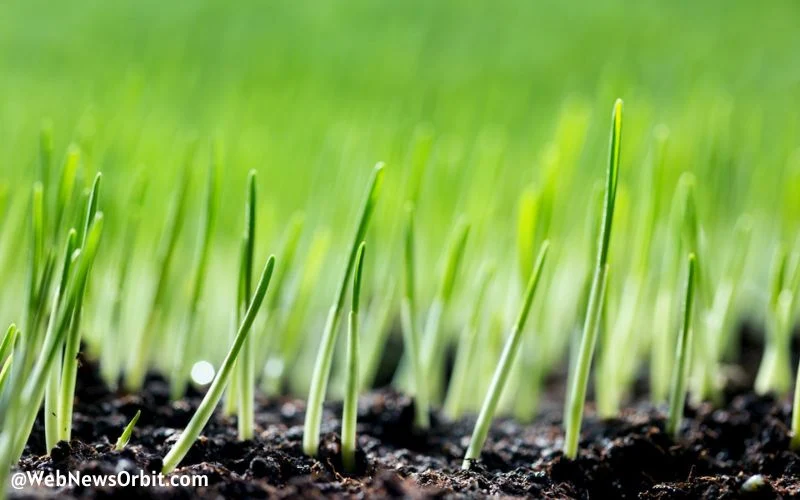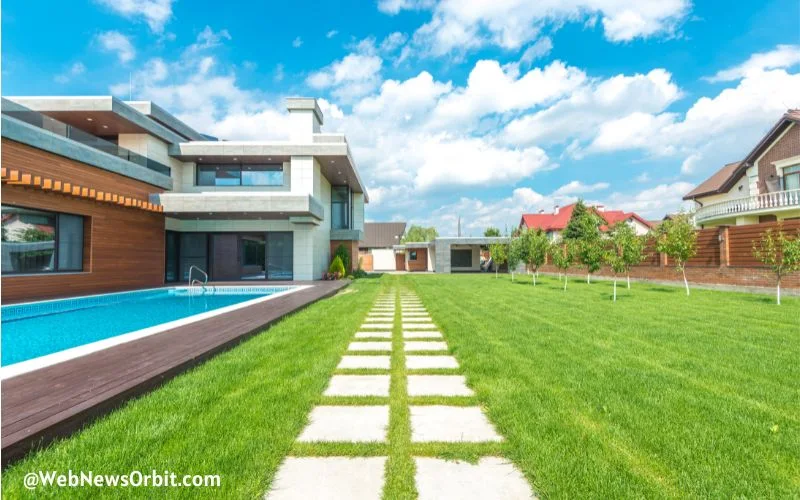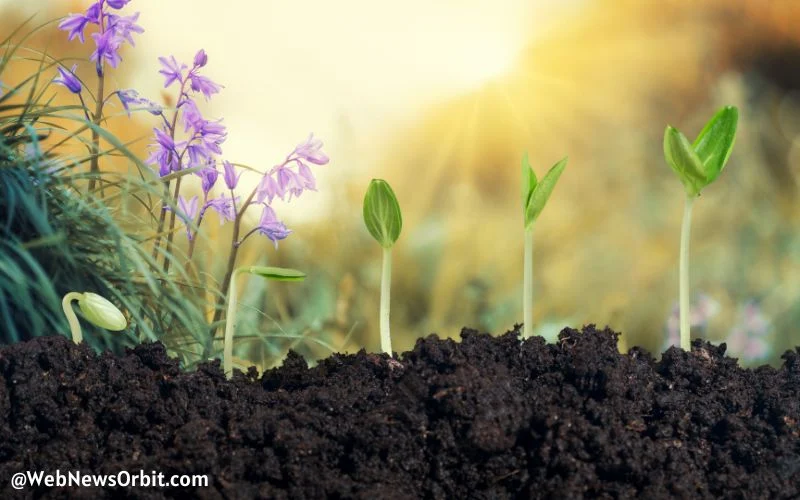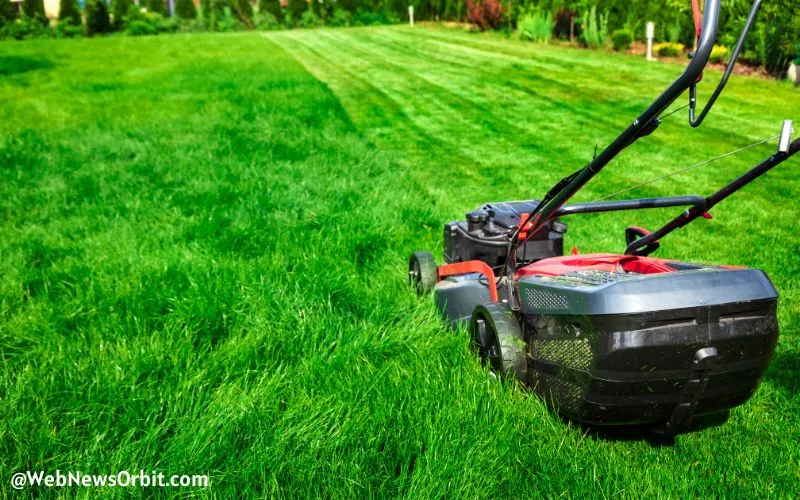How Fast Does Grass Grow? When you are trying to create beautiful landscapes an enthralling and lush lawn is often the focal point. The development of grass, which is the foundation of a gorgeous lawn is an area that has the interest of a lot of people.
{getToc} $title={Table of Contents}
In this thorough article, we go into the realm of grass growth. We'll answer the question of how do grass grows?
From the research behind the rate of growth to the factors that affect the speed of growth We're here to give you all the facts that you need to know.
So, let's take this adventure together to uncover the secrets of the grass beneath our feet.
Introduction: The Fascinating World of Grass Growth
The growth of grass, which is an natural phenomenon that beautifies our landscape with lush green beauty is an enchanting process that is affected by a myriad of elements.
Understanding the speed at which grass develops can aid homeowners and landscapers alike in sustaining and maintaining a lush lawn.
From the delicate sprouting of seedlings through the sprawl of an established lawn, each step in the cycle of grass growth has its own appeal. Let's look into the intricate details of this fascinating adventure.
How Fast Does Grass Grow: Unveiling the Secrets
Growth of grass happens at a rate that can be significantly different based on a variety of aspects.
The rate of growth is determined by variables such as the type of grass as well as conditions of the soil and the maintenance methods.
In general, grass can increase from 2 to 6-inches per month. However, this number may vary depending on the following factors:
1. Grass Type and Species
Different types of grass have different growth rates. Certain species, like Bermuda grass, and Kentucky bluegrass are regarded as rapid growers, whereas others such as Zoysia grass or Centipede grass are characterized by slower growth rates.
The grass you choose that you choose for your yard plays an important factor in determining general speed of growth.
2. Environmental Conditions
Temperature, sunlight, and precipitation contribute to the growth of grass. A good amount of sunlight and the right temperatures can speed up growth, whereas extreme weather conditions may temporarily delay the process.
3. Soil Quality and Nutrient Availability
A healthy soil that is rich in nutrients is the base for a healthy grass growth. Aeration of the soil as well as pH levels and regular fertilization help to improve the health and speed that grass grows.
4. Watering and Maintenance
Regular mowing, watering and a proper lawn maintenance routine affect the rate of growth.
An adequate supply of water and properly-timed cutting can encourage healthy growth, but the absence of these elements can hinder it.
Exploring the Grass Growth Stages
The process of growing grass is divided into distinct phases with distinct characteristics and rates of growth.
Let's explore each one of them:
Germination: The Humble Beginnings
At this point the grass seedlings are sprouting out of the ground. The rate of growth during the germination process can be very different based what grass type as well as environmental conditions.
The typical germination time is five to thirty days in which young shoots grow to the height of 0.25 up to one inch.
Seedling Growth: Taking Root
In this stage, seeds establish their root systems and start to grow their first leaves. Seedling growth can happen quickly and the grass can reach an average height of about 1 to 2 inches in one or two weeks.
Turf Development: Rapid Expansion
When the grass is mature and becomes more established, it is in the growth stage. Based on the type of grass the stage could last from a few weeks to several months. In this time, the grass will increase in size by 0.5 or 2 inches a week.
Maturity: Established and Flourishing
As the grass matures the rate of growth slows. At this point the grass usually grows at an average between 0.25 up to 0.5 inches per week.
Regular maintenance and attention are vital to ensure the appearance and health of the lawn that is mature.
Factors Affecting Grass Growth
A variety of factors affect the rate of grass growth. These elements are interconnected in a complex way for determining the general rate of growth of your lawn.
Soil Composition and Nutrients
The soil's condition directly affects the growth of grass. Aeration that is correct and rich in nutrients lets roots develop and expand, thus facilitating faster growth.
Sunlight Exposure
Sunlight is the main factor in photosynthesis, a process that plants use to transform sunlight into energy.
An ample exposure to sunlight encourages vigorous growth, whereas areas that are shaded might experience slow growth.
Watering Practices
Regular and regular watering is crucial to ensure that grass grows properly. A lack of or insufficient watering can impede the growth of your lawn and cause stress on the lawn.
Temperature and Climate
Growth of grass thrives in mild temperatures. Extreme cold or extreme heat could hinder growth, whereas optimal temperatures promote healthy growth.
Lawn Maintenance
Regular mowing, the right fertilization and pest control are essential to a healthy, quickly growing lawn. Inattention to maintenance can hinder the growth.
Frequently Asked Questions (FAQs)
Q 1. How can I increase my lawn?
A 1. Although you aren't able to significantly speed up development, you are able to help create an improved lawn by taking regular watering, proper care and fertilization.
Q 2. Is grass growing quicker in the summer?
A 2. The answer is yes, higher temperatures and more sunlight in summer could lead to rapid grass growth.
Q 3. Do I need to cut my lawn often to promote faster growth?
A 3. Mowing too often could cause stress on the grass and slow growth. Make sure to adhere to a recommended mowing schedule that is based on your grass type.
Q 4. What is the reason my lawn have patches of slow growth?
A 4. Uneven growth could be due to factors like soil compaction, insufficient watering or poor soil condition.
Q 5. Is there a particular time of day when it's the best to drink water?
A 5. A watering schedule in the early morning hours allows grass to soak up moisture prior to getting hot in the afternoon, which reduces the chance of evaporate.
Q 6. Do I have the ability to overseed my lawn for more rapid growth?
A 6. Overseeding may help fill in areas that aren't as dense and encourage new growth but it won't necessarily increase the rate of growth overall.
Conclusion: Nurturing Your Lush Green Haven
After we've examined the complicated landscape of grass growth it's obvious that maintaining healthy lawns requires the combination of expertise attention, care, and diligence.
While it's impossible to rush the natural process of growth but you can definitely create an environment that promotes healthy and vigorous grass.
By knowing the elements that affect growth, using the right maintenance procedures and taking note of the uniqueness of each growth step, you'll on your way to establishing an oasis of greenery within your backyard.
If you're looking at your lawn, stop to be amazed by the natural growth of your yard and the part you play in sustaining it.
If you want to stay updated like this always, then definitely Follow and Subscribe to Web News Orbit. If you want information on any topic then do not forget to write in the Comment.





